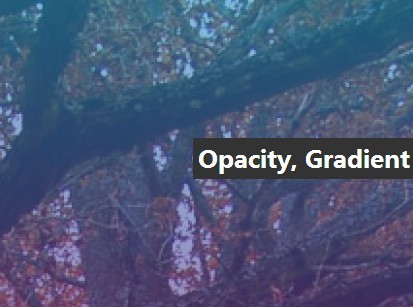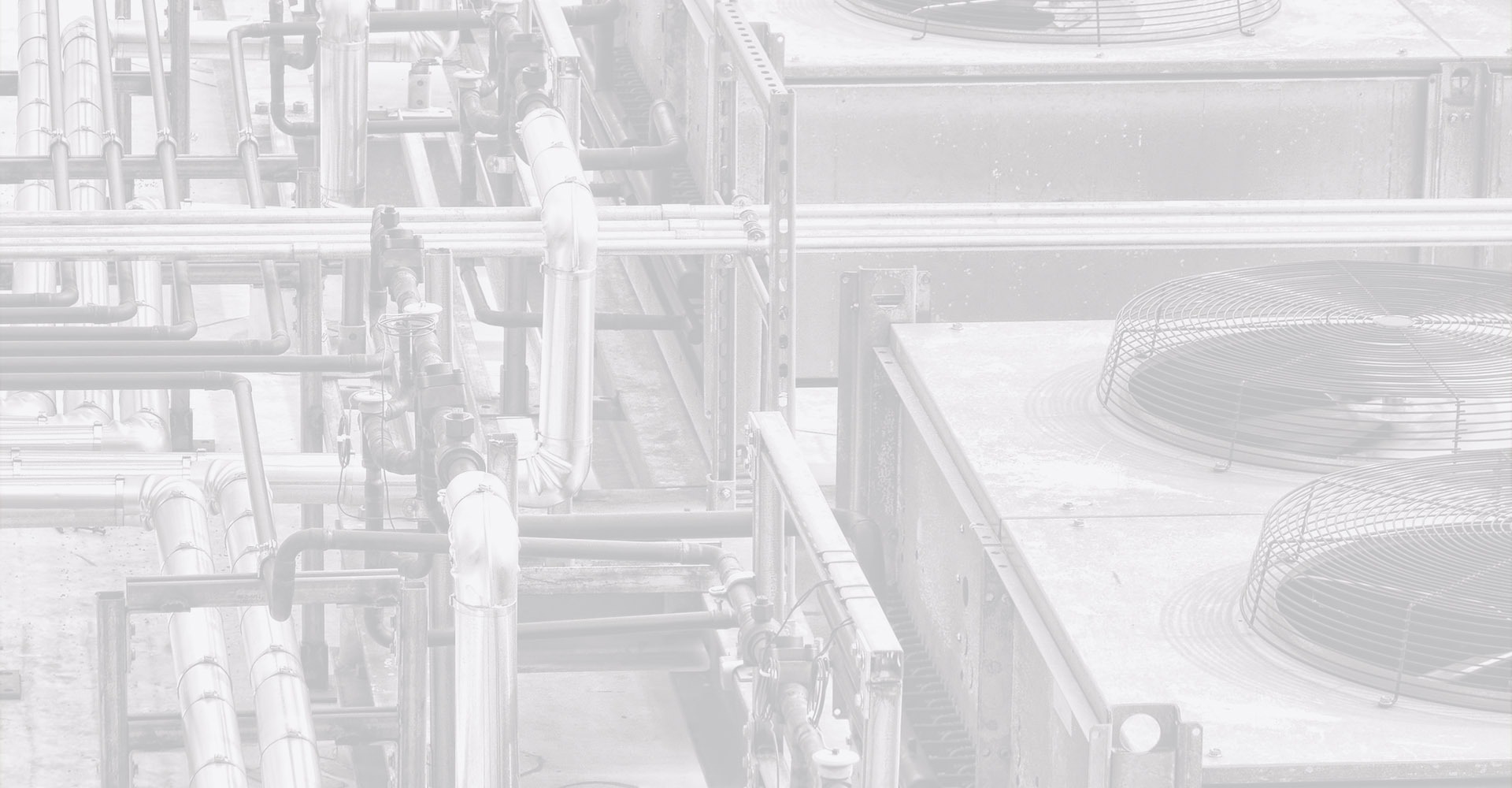

Let's take a look at this photograph for example: If you consider walking down a street in real life, the "background" you are walking by will have terrain and objects that are of varying lengths away from you. One of these techniques are parallax backgrounds. To keep our games from looking boring and flat there are some techniques we can use to give them more of a three dimensional feel, while still actually being in two dimensions. Larger values create a more dramatic effect.įor the complete list of ways to customize parallax, see the ParallaxView class.Many mobile games are 2D, and when building Phaser games for mobile 3D games are not really an option. A value of 0 means the background doesn't move at all.

This control ties the scroll position of a foreground element, such as a list, to a background element, such as an image. To create a parallax effect, you use the ParallaxView control. Using the ParallaxView control to create a parallax effect As the user scrolls the interface, the list moves at a faster rate than the background image, which creates the illusion of depth.

Now, to achieve the parallax effect, we want the object closest to us to travel "faster" than the object that is farther away. The list is placed on top of the background image which already gives the illusion that the list might be closer to the viewer. To demonstrate, let's look at two layers of content, a list and a background image. In a UI, you can create a parallax effect by moving different objects at different rates when the UI scrolls or pans. To learn more, see the Fluent Design overview. Parallax is a Fluent Design System component that adds motion, depth, and scale to your app. The Fluent Design System helps you create modern, bold UI that incorporates light, depth, motion, material, and scale. Get the WinUI 2 Gallery app (Microsoft Store).If you have the WinUI 2 Gallery app installed, click here to open the app and see the ParallaxView in action. Platform APIs: ParallaxView class, VerticalShift property, HorizontalShift property Examples WinUI 2 Gallery
Parallax background windows#
Windows UI Library APIs: ParallaxView class, VerticalShift property, HorizontalShift property

In a UWP app, you can use the ParallaxView control to create a parallax effect. Parallax creates a feeling of depth, perspective, and movement. Parallax is a visual effect where items closer to the viewer move faster than items in the background.


 0 kommentar(er)
0 kommentar(er)
